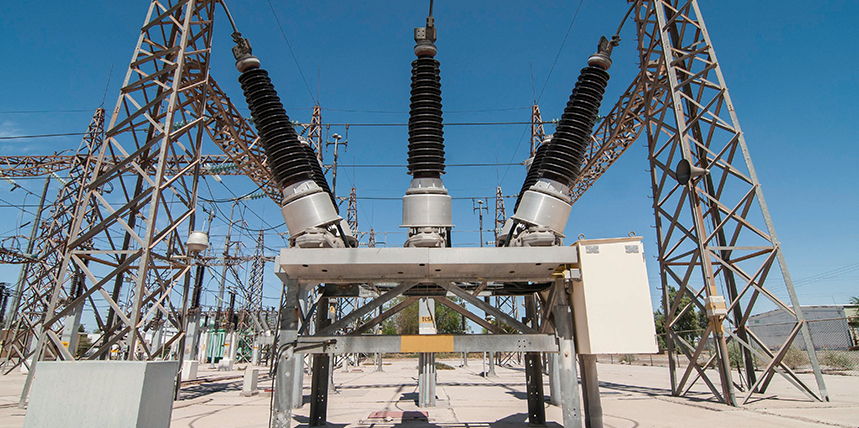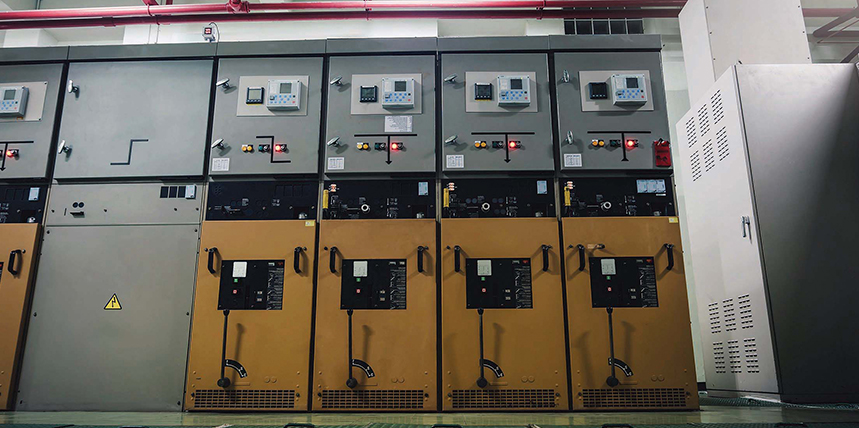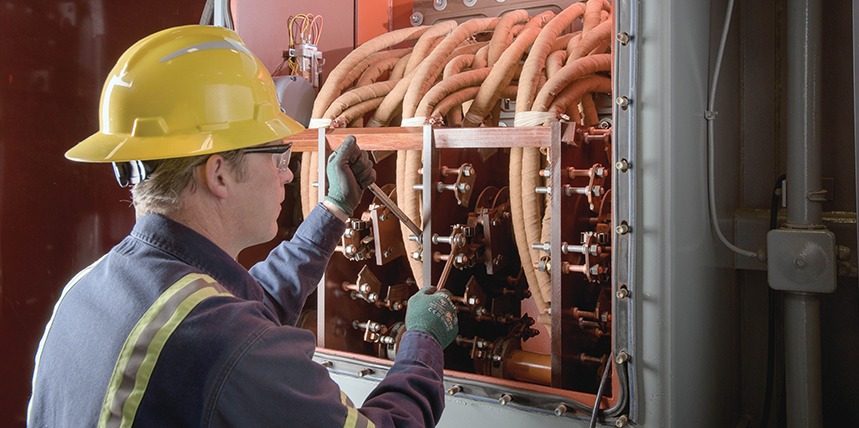As I allegedly approach a half century on this earth, reflections on life lessons learned abound. Looking back, there is no question that the most impactful lessons I learned — those I still use every day — came on days that started in the blazing heat of summer and ended in the brisk chill of autumn spent between painted white …
Practical Non-Invasive Partial Discharge Cable Testing
Partial discharge (PD) is a poorly understood phenomenon that can cause catastrophic failure of electrical assets. It can exist at initial commissioning or occur only after decades of use. The dictionary defines partial discharge as: a flashover of part of the insulation system due to a localized electric field greater than the dielectric withstand capability of that part where the …
Motor Control Centers
Most electrical equipment manufacturers provide life and performance expectancies with their equipment in the form of operation and maintenance manuals. Life expectancy is based on the premise that equipment has been professionally installed, is maintained in accordance with the manufacturer’s guidelines and recommendations, and is being used per the manufacturer’s designed intent. This premise is also noted in NFPA 70 …
Impact of SFRA Setup Issues on Transformer Frequency Response
Sweep frequency response analysis (SFRA) is a popular test to confirm the mechanical and electrical integrity of a transformer. However, the resulting traces can be difficult for field personnel to interpret due to the visual nature of the data. It is more straightforward to compare numbers against prior data or against a stated limit than to interpret subtle differences in …
Understanding and Avoiding Battery Failure
Earthquakes, hurricanes, tsunamis, wildfires, and the like do not occur with any predicted great frequency. Nonetheless, we have established precautionary programs that protect people and property from the physical threats posed by such events. In recent times, however, we have witnessed all too well the impact these events can have on the quality of our lives and businesses. Our world …
Power Quality, Reliability, and Sophisticated Automated Systems
What do robotics, artificial intelligence (AI), automation, synaptic performance indicators (SPI), and machine learning (ML) have in common? In addition to being buzzwords for the reliability professional to throw around, the reliability world uses these terms to get practitioners to spend a lot of money on the shiny new thing. Sadly, too much of that money will be wasted by …
Protection Considerations for an Improperly Installed On-Load Tap Changer
Large power transformers are widely used in the electrical grid, and interconnecting solar farms to the utility is one of their many applications. To control voltage variations throughout the day, an on-load tap changer (OLTC) is used to adjust the number of effective windings to match the utility’s voltage. Proper functionality of the OLTC requires a specific sequence of operations, …
Improved Safety Method for Measuring Dead Tank Circuit Breaker Operation Time
Safety in high-voltage substations is the highest priority for all personnel involved, and regulations and laws require all objects to be grounded on both sides before any maintenance work is performed. Failure to ground the circuit breaker (CB) on both sides creates risk of induced high voltages and currents at the ungrounded terminal. Eliminating this risk improves the safety of …
Best Practices for Safe Return to Service Following Maintenance Outage
Returning electrical equipment to service after a planned maintenance outage creates a unique set of hazards. Facility managers are under stringent time constraints when taking a system out of service, performing necessary maintenance tasks (as well as making unanticipated repairs), and returning the system to service. Common, real-world factors may place workers at great risk as the system is returned …
Is Your Arc-in-Oil Load Tap Changer Due for Maintenance?
A load tap changer (LTC) failure can be catastrophic to the electric power system. The load tap changer (LTC) is one of the few moving parts of a transformer, and this makes it more susceptible to routine wear and tear. When an LTC fails, it may take the transformer with it. Based on our experience, we estimate that about 40 …









